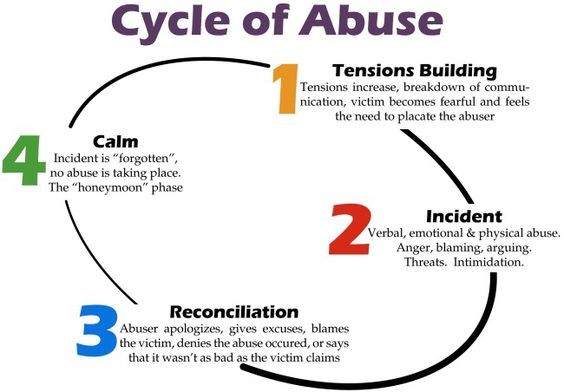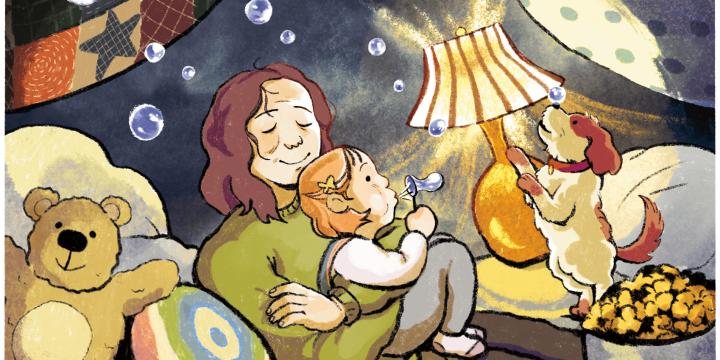
“More than 11 million Canadians have been physically or sexually assaulted since the age of 15.”[1]
Dating violence is a widespread issue in Canada for both adults and young people. This is an issue that affects anyone and everyone in a partnership. The rates of dating violence experienced by young people clearly identifies the need for better understanding of what dating violence is, how to recognize it, and resources to access if you or someone you know are experiencing violence. The hope is that by providing the skills and knowledge around dating violence, relationships can be free from violence and abuse.
What is Dating Violence?
Dating violence is controlling, abusive, and aggressive behavior perpetrated by a partner in a romantic or casual relationship. It can happen in straight or LGBTQ2I+ relationships. It can include verbal, emotional, physical or sexual abuse, or a combination. “Dating violence can also be perpetrated online or in person”[2]
While dating violence has the potential to affect anyone, it is important to note that power dynamics in our relationships and a person’s ‘power’ within society can be an indicator of a higher risk of experiencing dating violence. Things like colonialism, white supremacy, patriarchy, cis-hetero normativity, ableism and classism all affect how some people experience dating violence disproportionately. Addressing dating violence requires intrapersonal, interpersonal and institutional changes.
What is the Cycle of Abuse?
The cycle of abuse is a resource that can help you identify if you’re in an unhealthy relationship.
The cycle of abuse has four stages:[3]

- Tension Phase – There is a breakdown of communication. Tension or stress builds. The victim becomes fearful and feels the need to calm or please the abuser.
- Incident or Explosion Phase – Tension builds and there is verbal, emotional or physical abuse. The abuser uses anger, intimidation and threats and often blames the victim for the violence.
- Reconciliation Phase – Abuser may apologize, make excuses for their actions, blame the victim or deny that the abuse happened or was as serious as the victim claims.
- The Calm or “Honeymoon” Phase– The explosion of violence is “forgotten” and little to no abuse takes place, for a while.
Where to get support if you or someone you know is experiencing dating violence:
If you are in immediate danger, please call 9-1-1.
If you are experiencing violence, but not in immediate danger, please consider speaking with someone you trust or reaching out for information or support. There are a number of confidential helplines you can text, email or call, including:
- Kids Help Phone
‘Immediate and caring support, information and, if necessary, referral to a local community or social service agency.’
Website: https://kidshelpphone.ca/
Phone: 1 (800) 668-6868 - VictimLinkBC
‘24-hour confidential crisis support to victims of family and sexual violence and provides information and referral services to victims of crime.’
Website: https://www2.gov.bc.ca/gov/content/justice/criminal-justice/victims-of-crime/victimlinkbc
Phone: 1 (800) 563-0808 - Youth Against Violence Line
‘The Youth Against Violence Line is a 24/7 anonymous and confidential line to talk to trained support workers. You can contact them about bullying, gang activity, harassment, intimidation, sexual exploitation, and many other issues. This service is also available in multiple languages.’
Website: http://youthagainstviolenceline.com/how.html
Phone: 1 (800) 680-4264
Text: (604) 836-6381
Email: info@youthagainstviolenceline.com
Looking for additional resources for understanding dating violence?
- Government Resource about Dating or Domestic Violence
- Parent/Guardian/Caregiver Resource for Talking About Dating Violence with Youth
- A Parent’s Guide to Teen Dating Violence
Next Week
Keep an eye on the blog next week to learn more about intoxication culture and how substance use can impact your well-being and your relationships.

